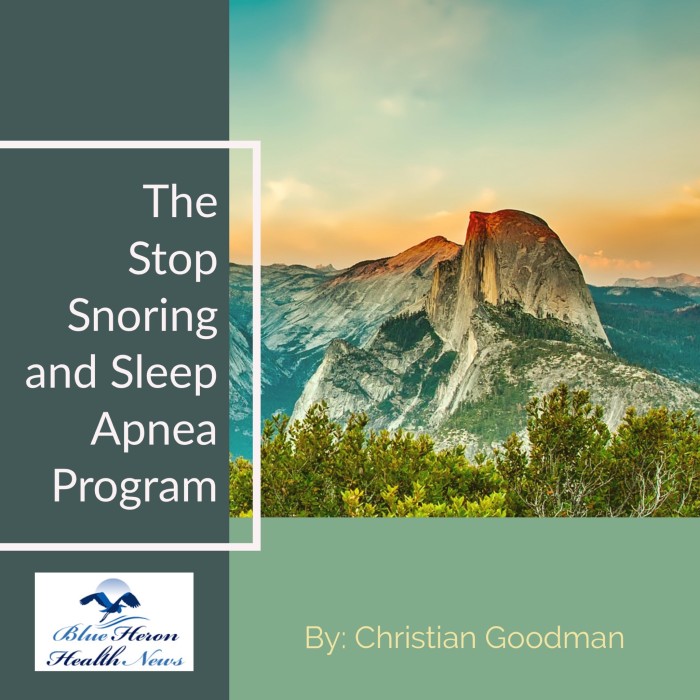What are the risk factors for snoring in Australia?
Risk Factors for Snoring in Australia
Snoring is influenced by a variety of factors, some of which are unique to the Australian context due to lifestyle, environmental conditions, and demographic characteristics. Here, we explore the primary risk factors for snoring in Australia:
1. Obesity and Overweight
1.1 Prevalence in Australia Australia has a high prevalence of obesity, with nearly two-thirds of adults classified as overweight or obese. Excess body weight, particularly around the neck, increases the likelihood of snoring due to the added pressure on the airway.
1.2 Impact on Airway Fat deposits around the upper airway can obstruct breathing, leading to vibrations and snoring. The neck circumference is a critical factor; a larger neck often correlates with a higher risk of snoring.
2. Age and Gender
2.1 Age-Related Changes As people age, muscle tone decreases, including the muscles in the throat, which can lead to snoring. Snoring is more common in middle-aged and older adults.
2.2 Gender Differences Men are more likely to snore than women, particularly in younger age groups. However, the risk for women increases after menopause due to hormonal changes that affect muscle tone and fat distribution.
3. Lifestyle Factors
3.1 Alcohol Consumption Alcohol relaxes the muscles in the throat, increasing the likelihood of snoring. Australia’s social culture often includes significant alcohol consumption, contributing to this risk factor.
3.2 Smoking Smoking irritates the lining of the nasal cavity and throat, causing swelling and increased mucus production, which can lead to snoring. Australia’s smoking rates, though declining, still contribute significantly to snoring prevalence.
4. Nasal and Sinus Problems
4.1 Allergies Seasonal and environmental allergies are common in Australia due to its diverse flora and fauna. Allergies can lead to nasal congestion, forcing individuals to breathe through their mouths, which increases the risk of snoring.
4.2 Chronic Nasal Congestion Persistent nasal congestion, whether from allergies, infections, or anatomical issues like a deviated septum, can obstruct airflow and cause snoring.
5. Sleep Position
5.1 Back Sleeping Sleeping on the back can cause the tongue and soft palate to collapse to the back of the throat, obstructing the airway and causing snoring. Australians who prefer this sleeping position are at higher risk.
6. Anatomical Factors
6.1 Airway Anatomy Individuals with a naturally narrow airway, elongated soft palate, or enlarged tonsils are more prone to snoring. These anatomical features can create resistance in the airflow during sleep.
6.2 Deviated Septum A deviated septum can block one side of the nose, reducing airflow and causing mouth breathing, which can lead to snoring.
7. Hormonal Factors
7.1 Menopause Post-menopausal women experience hormonal changes that reduce muscle tone in the throat, increasing the likelihood of snoring. The drop in estrogen and progesterone can also lead to weight gain, exacerbating the problem.
8. Genetic Factors
8.1 Family History A family history of snoring or obstructive sleep apnea suggests a genetic predisposition to these conditions. Genetic factors can influence the shape and size of the airway and other anatomical features.
9. Alcohol and Sedatives
9.1 Muscle Relaxation Both alcohol and sedative medications relax the muscles of the throat, making snoring more likely. This risk is particularly relevant for those who consume alcohol or use sedatives regularly.
10. Environmental Factors
10.1 Air Quality Air pollution and other environmental irritants can inflame the nasal passages and throat, contributing to snoring. Australia’s varying air quality, particularly in urban areas, can influence this risk.
Conclusion
Understanding the risk factors for snoring in Australia helps in identifying individuals who might be at higher risk and in implementing effective prevention and management strategies. Addressing lifestyle factors, seeking medical advice for anatomical issues, and making environmental modifications can significantly reduce the incidence of snoring and improve overall sleep quality.

The Stop Snoring And Sleep Apnea Program™ By Christian Goodman The Stop Snoring and Sleep Apnea Program is a well-researched program created to help stop snoring and sleep apnea so that you can have a good night sleep. The techniques that you will learn from this program works immediately. It will only take you 3-7 minutes to perform these simple exercises that the author has recommended but the results that you will get will help you have a good night sleep as soon as tonight. Within a week, snoring will be a thing of the past.
